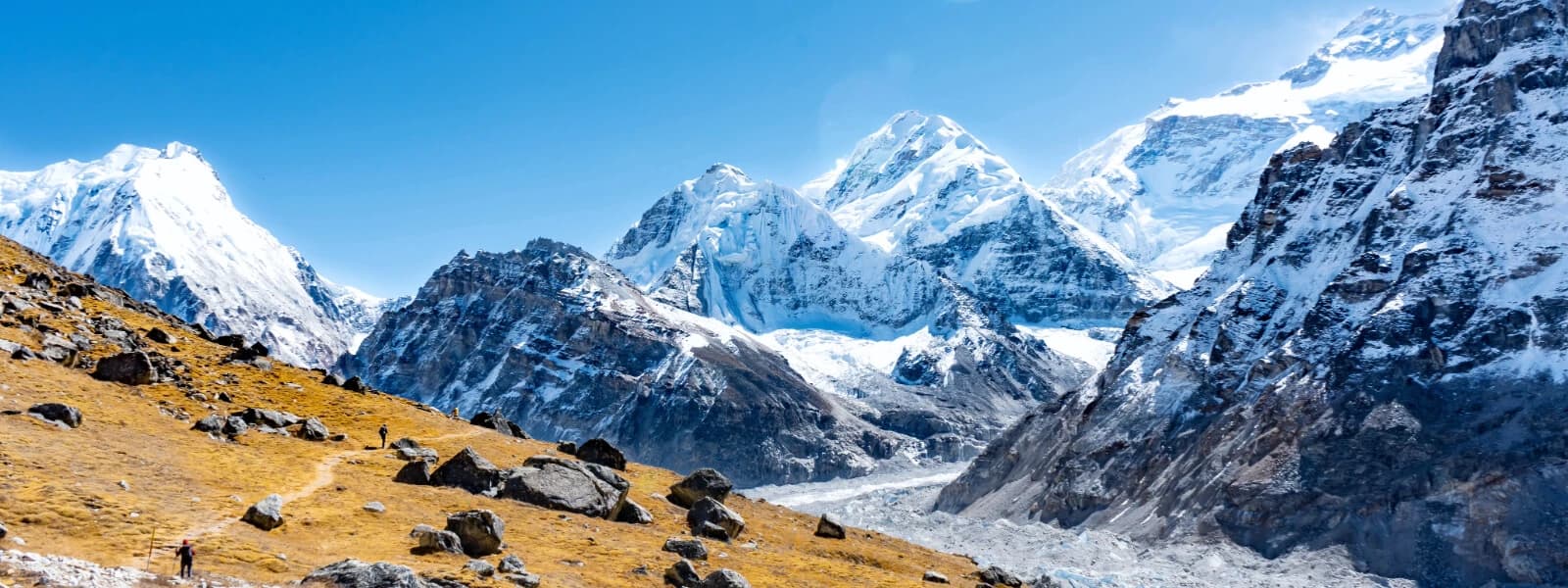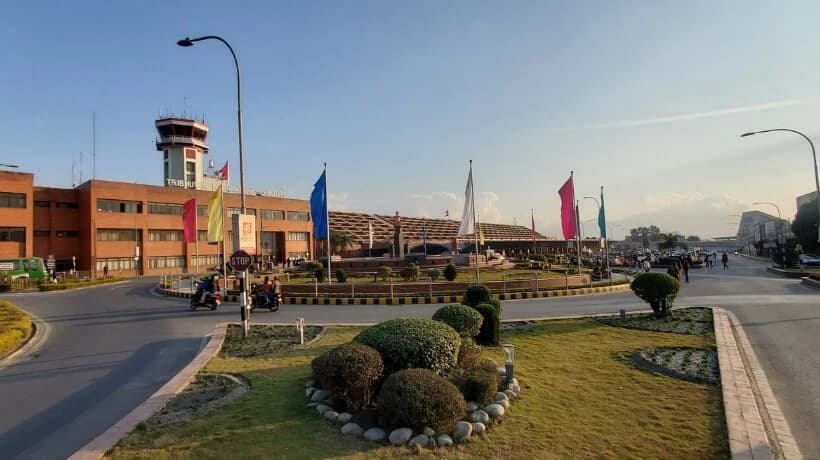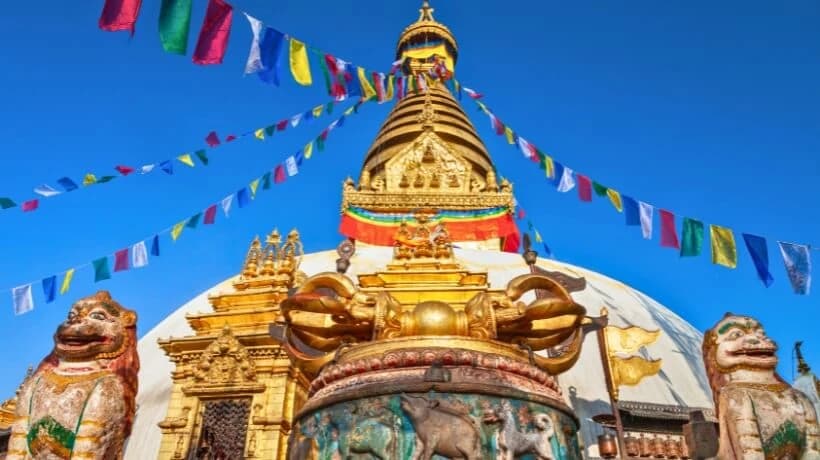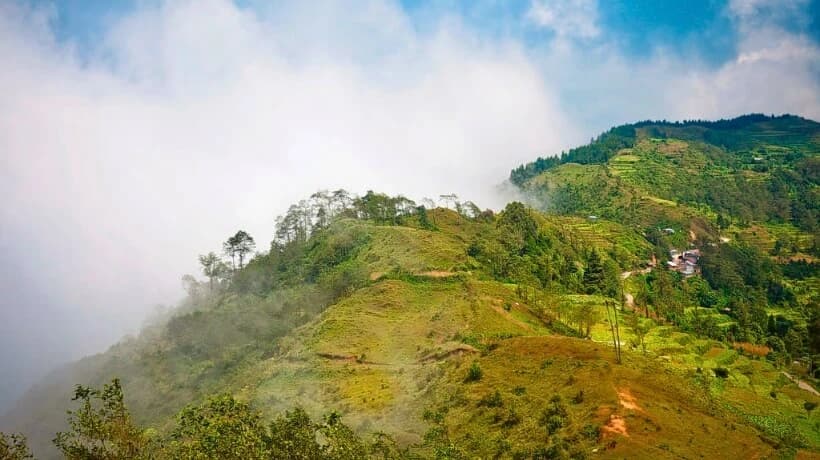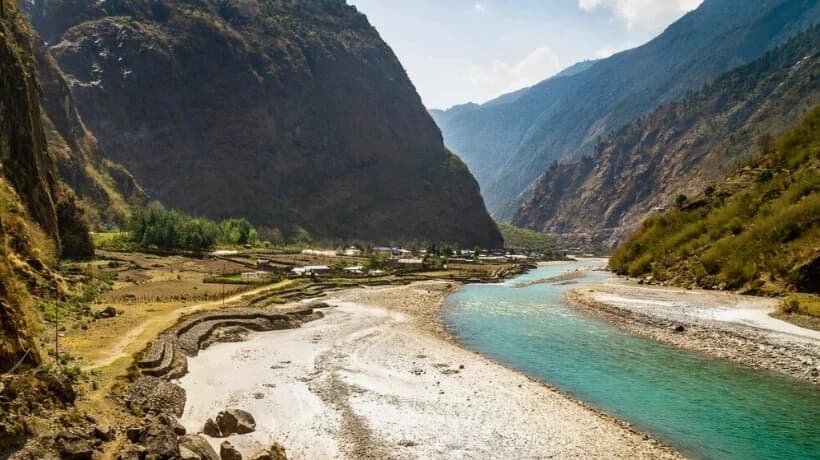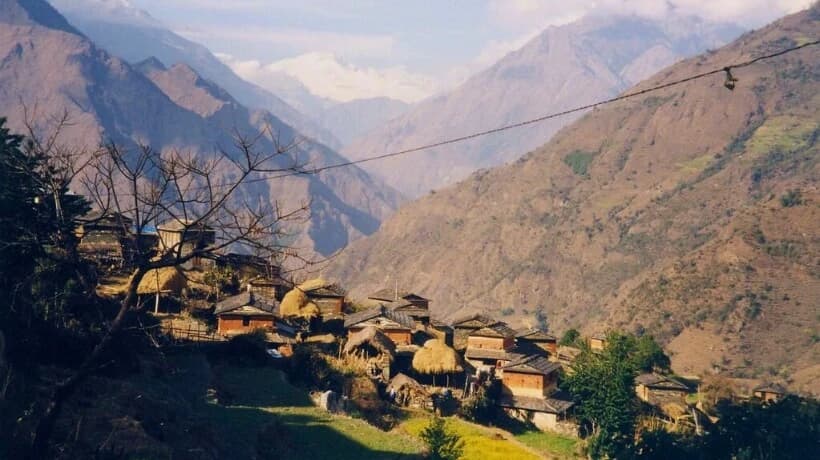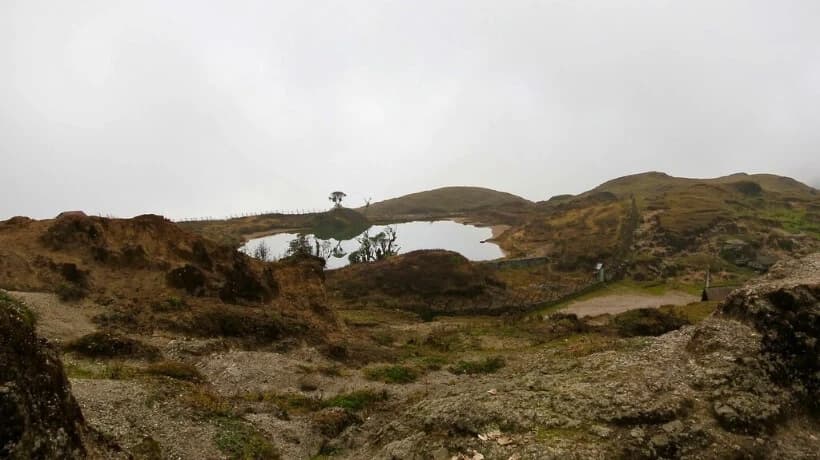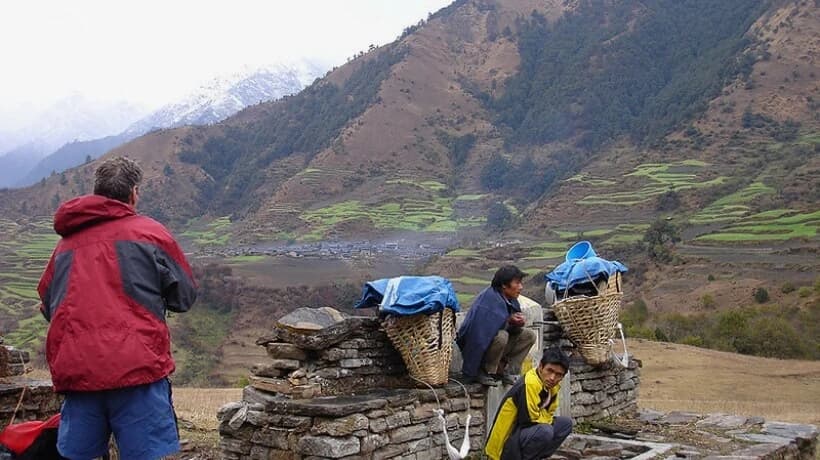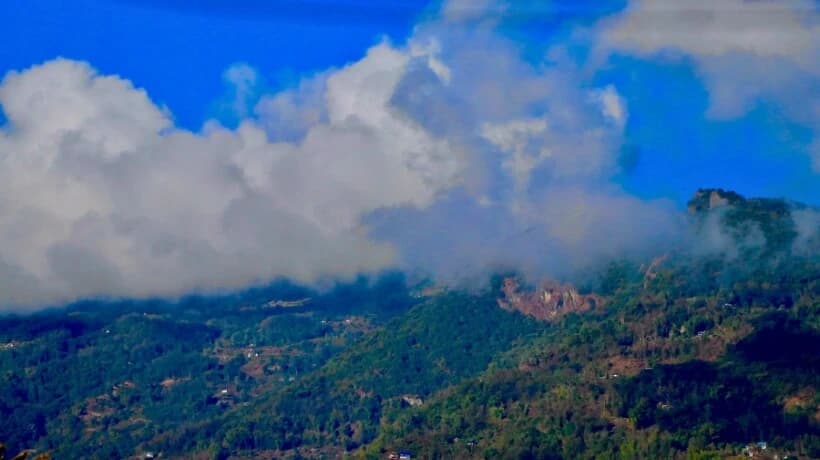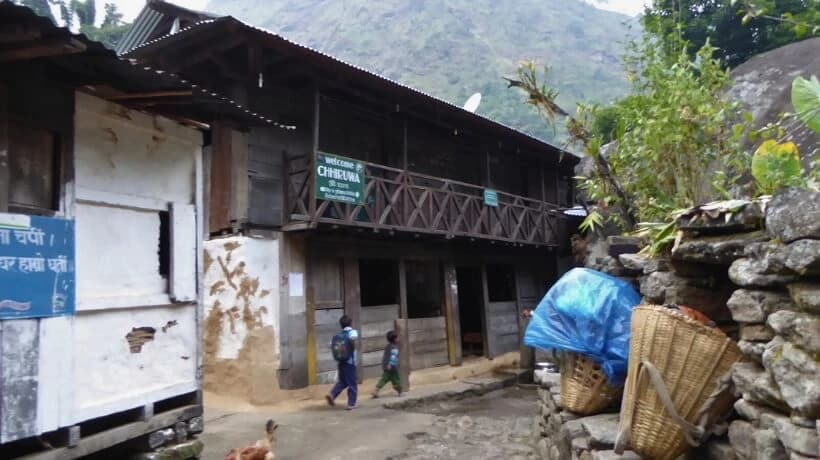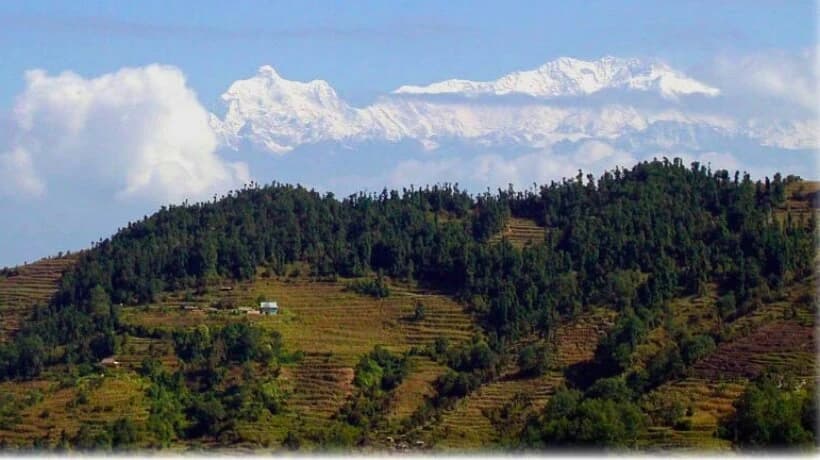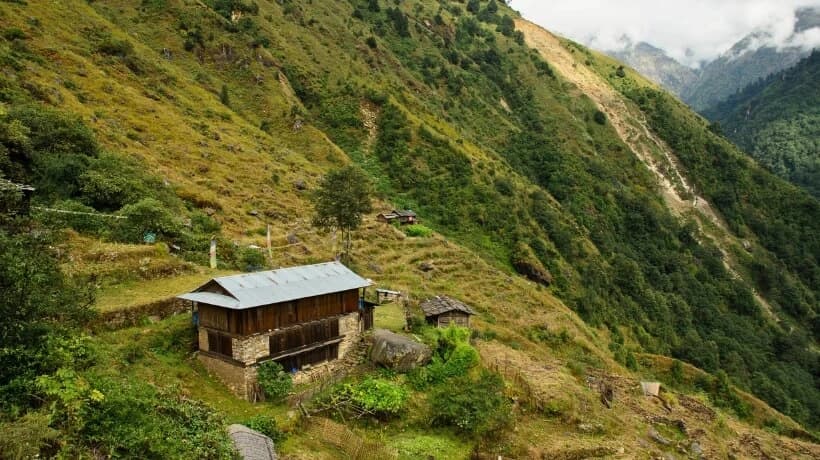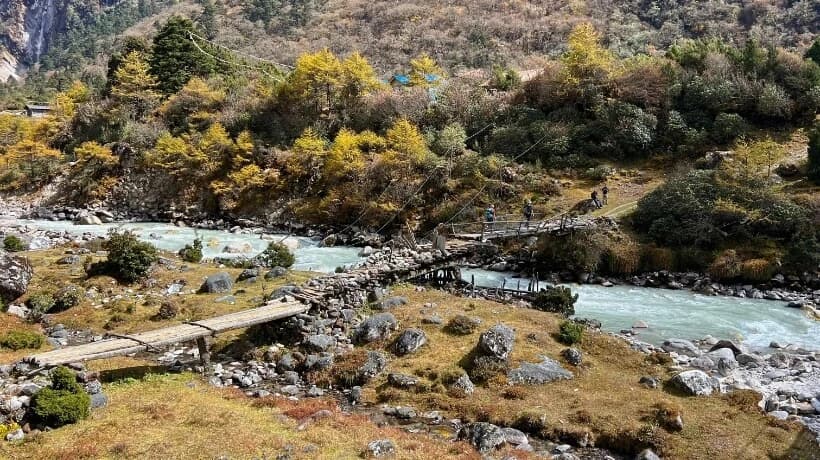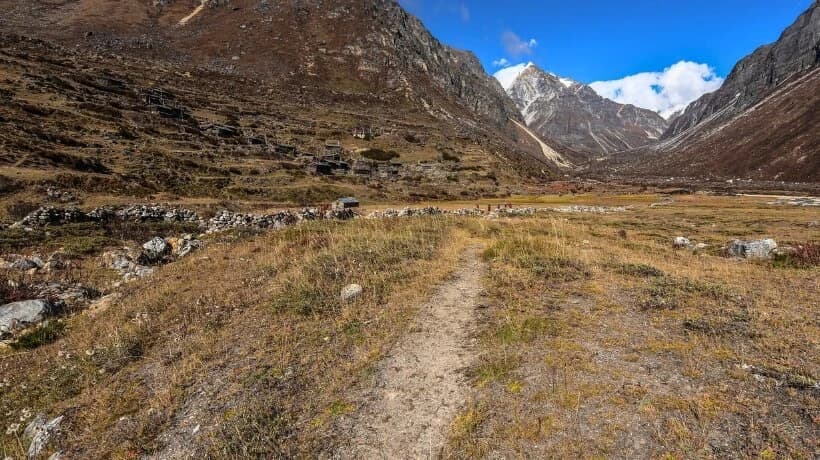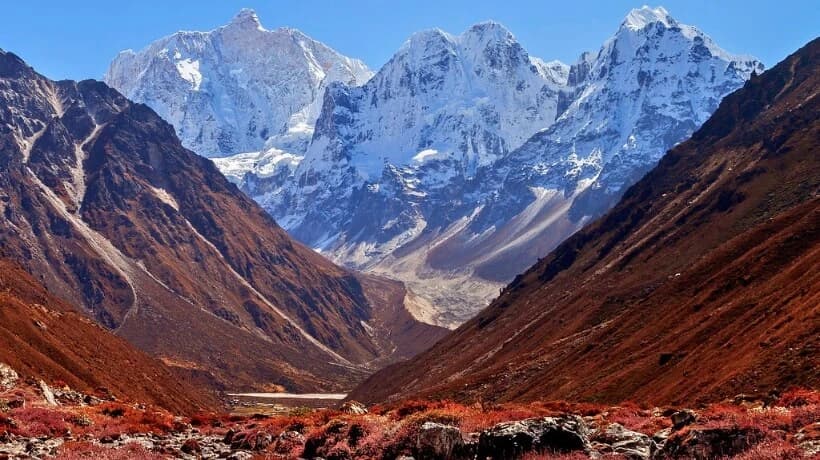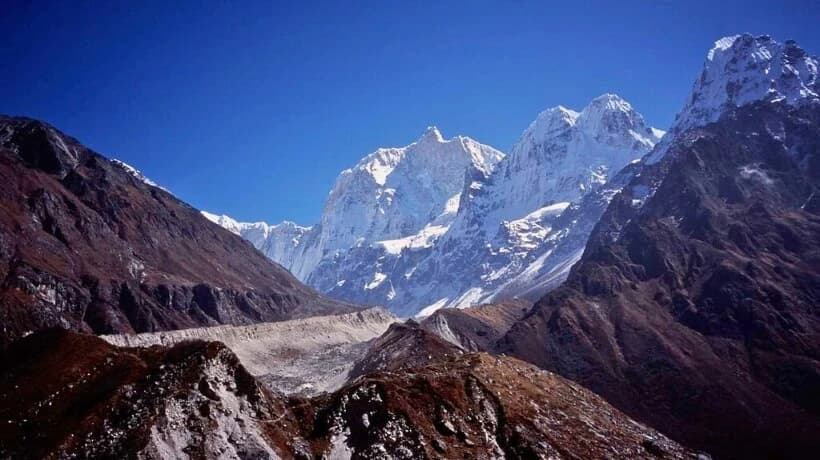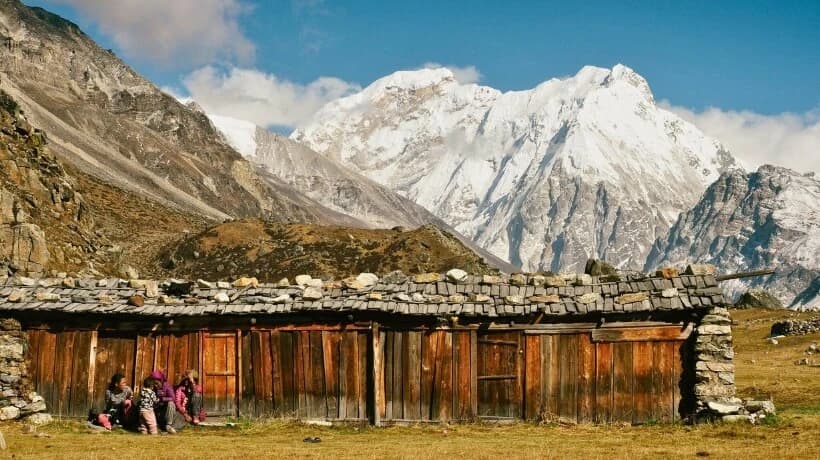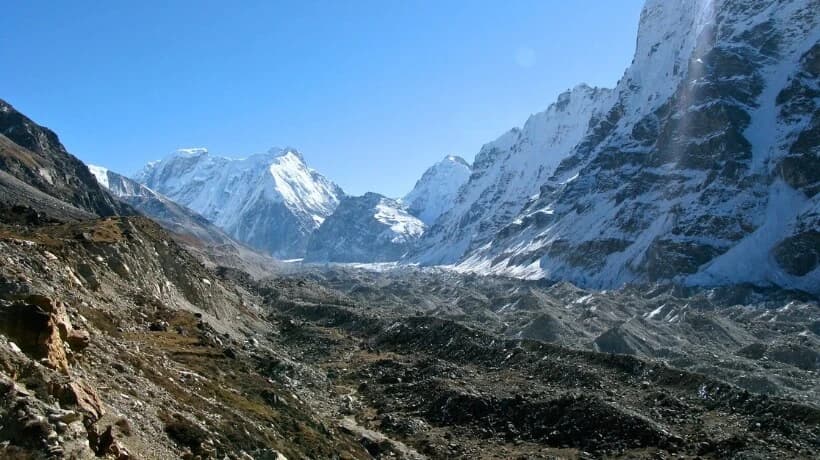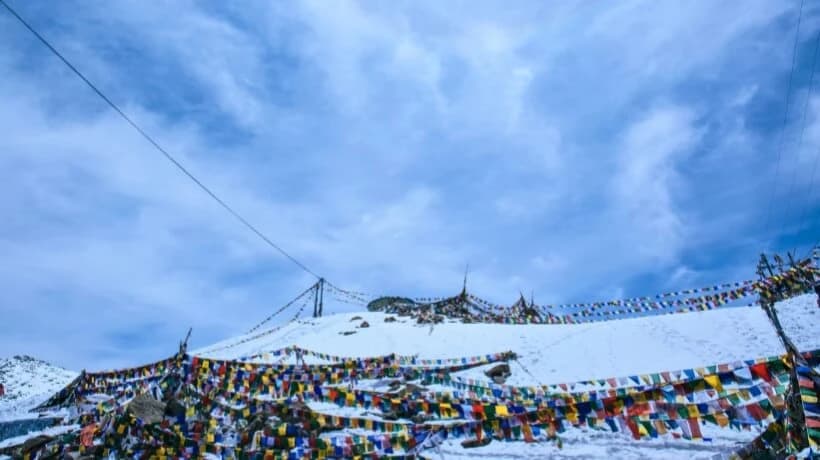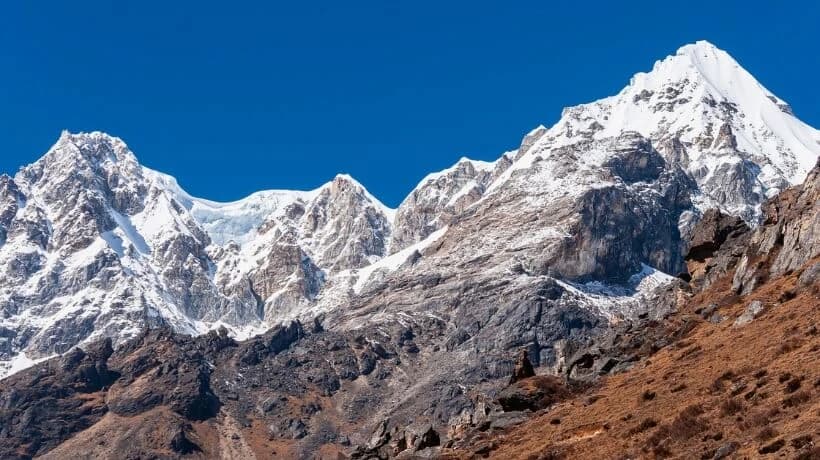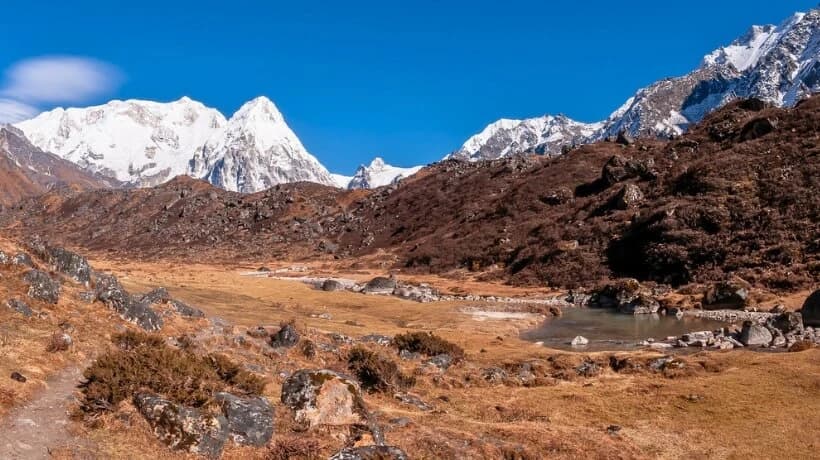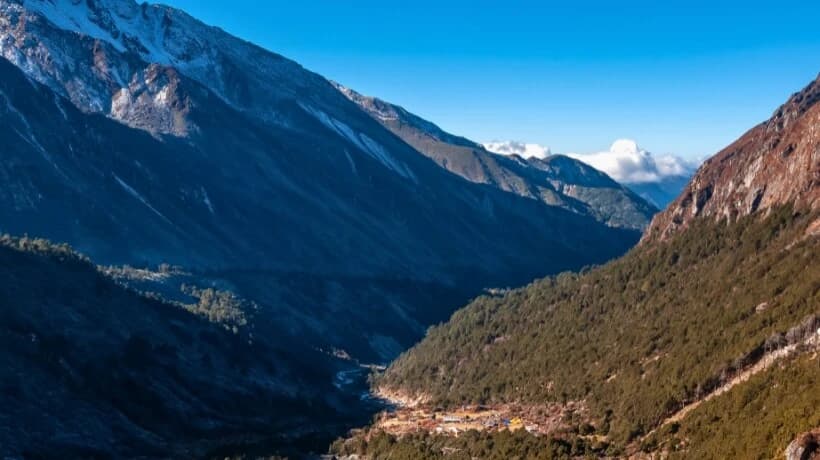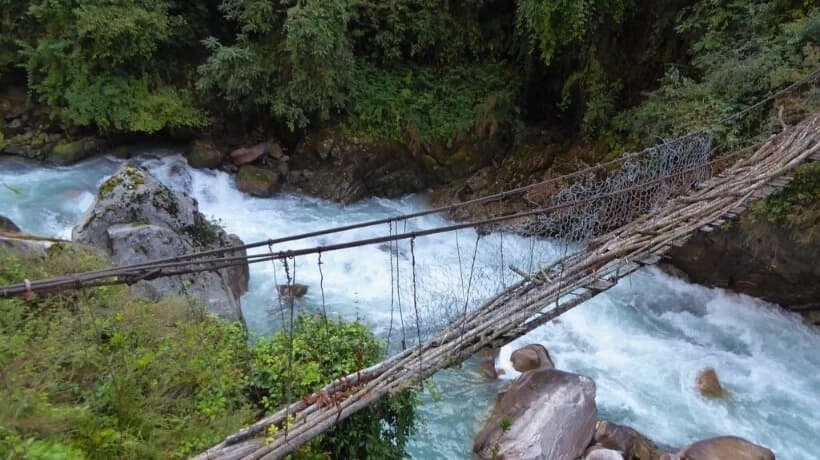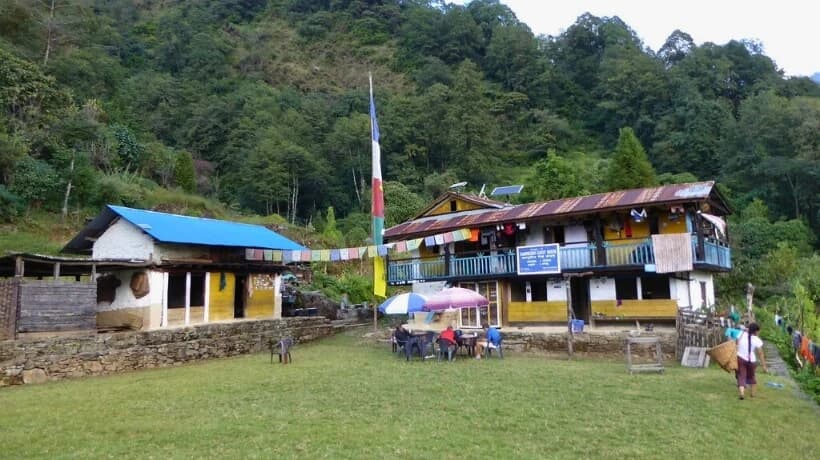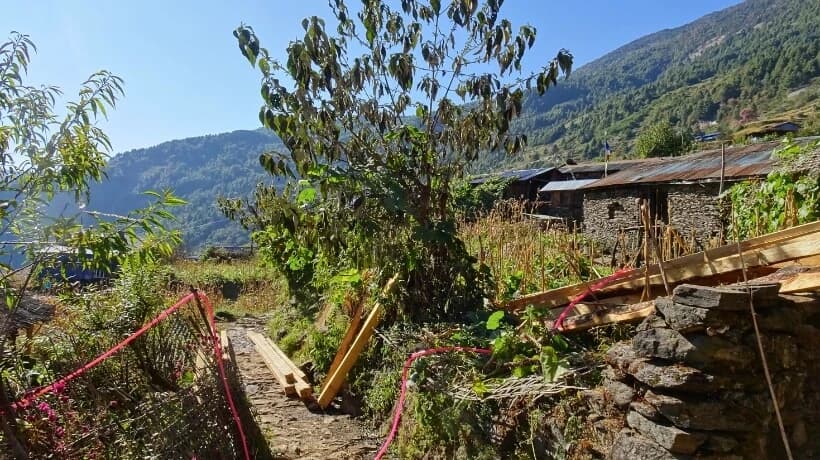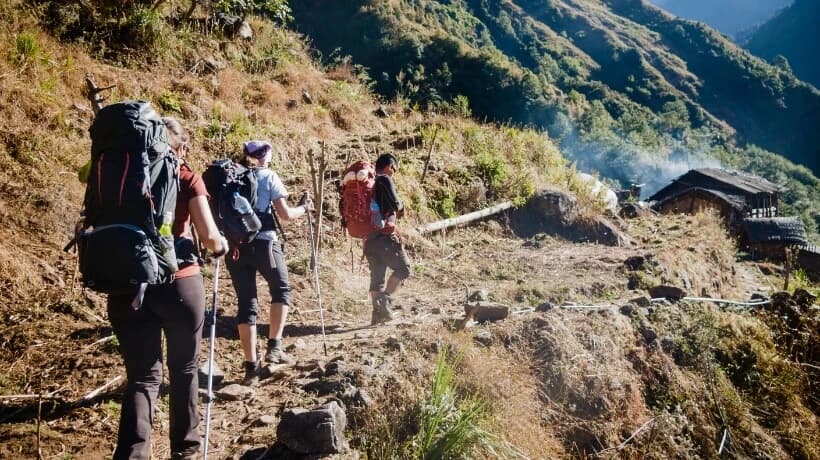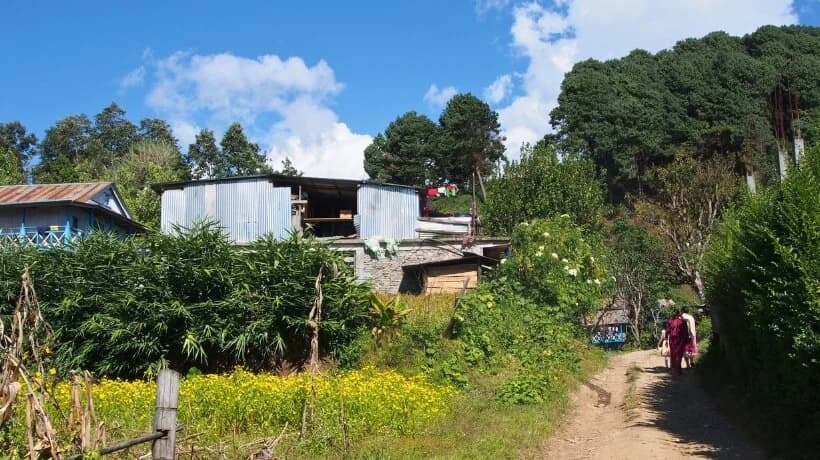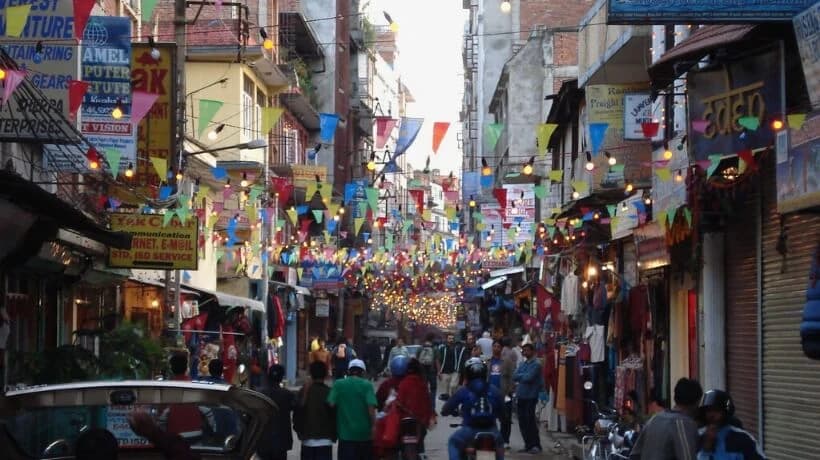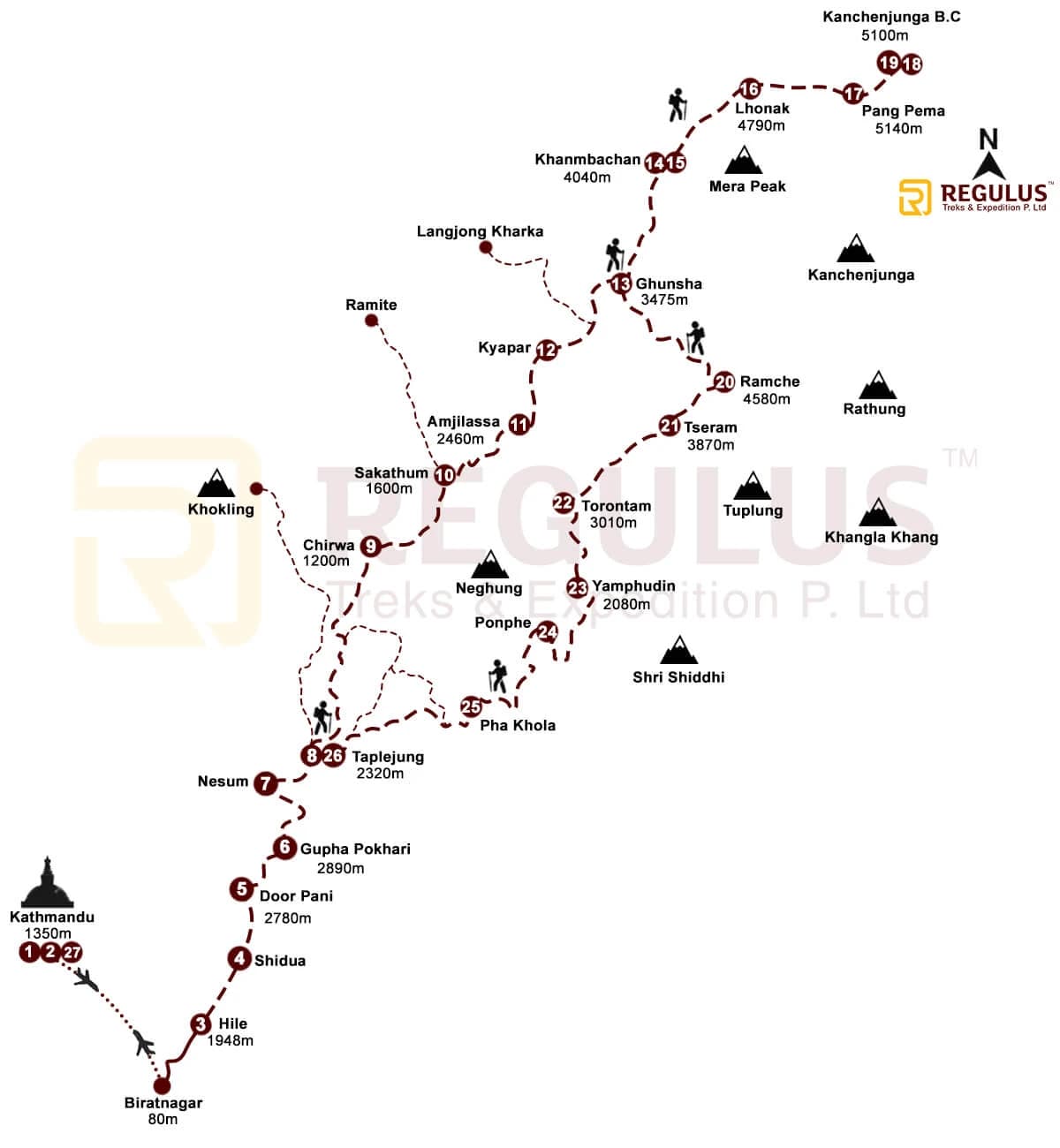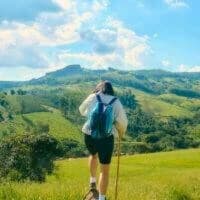Kanchenjunga Base Camp Trek designed by Regulus is an ideal destination for those who are interested in remote trekking and prefer crowd less trail. Trek to Kanchenjunga Base Camp is a demanding trek that lasts for around a month.
Mount Kanchenjunga was first climbed in 1955. Since then the Government of Nepal restricted Kanchenjunga climbing. Again in 1980 the government lifted the ban and permitted the mountain for trekking as well as climbing.
The Kanchenjunga Base Camp Trek gives an astounding view of the world’s third highest mountain—Mt. Kanchenjunga. It elevates 8,586m from sea level. Trekkers observe natural as well as biodiversity of the Kanchenjunga region while trekking in the Kanchenjunga area.
The life style of local people here is almost untouched by modern developments. Fresh air, traditionally built houses, greenery and natural state of living make the destination pure.
Highlights
- Mt.Kanchenjunga, the third highest peak in the world.
- Snow-capped mountains above 8,000m.
- kanchenjunga glacier.
- Remote Nepali lifestyle, culture, traditions & untouched natural heritages.
- Tibetian hospitality.
- Many natural rivers & waterfalls.
In Tibetan, the word Kanchenjunga is popularly known as Five Treasures of Snow and these five treasures are gold, silver, precious stones, grain, and Holy Scriptures. Each of this treasure represents every five peaks of Kanchenjunga Mountain Range.
Trekking in Kanchenjunga will also give you an opportunity to enjoy “Tongba”—a fermented homemade millet drink. It is a popular local brand in the eastern part of Nepal which is brewed by Limbu people—an ethnic group of this area. In every ritual of Limbu homemade wine is essential. They are the brave people who mostly join the British Army.
Yamphuding and Mamangkhe are the main villages that we cross while going for Kanchenjunga Base Camp trek. The local culture of this area and their hospitality please every trekker.
Kanchenjunga Base Camp trek in Nepal is well described by British Mountaineer Pete Boardman in 1979. He said that the walk to the base of Kanchenjunga was the most beautiful he had ever undertaken. It is a strong contender for “The most beautiful walk in the world.”
While on the way to Kanchenjunga Base Camp you will cross Mirgin La Pass which is at an altitude of 4,725m. Similarly, crossing Kanchenjunga glacier will give you mesmerizing view of Mt. Kanchenjunga. It is such a nice view that you would like to hold its memory forever. In the surrounding area of the base camp of Kanchenjunga, you will get a panoramic view of Wedge Peak, The Twins—Pyramid and Tent Peak.
Trekkers require a special trekking permit for trekking in Kanchenjunga region and it is not permitted to trek alone here. You need to hire the best trekking company in Nepal who could provide you the best Kanchenjunga trek with all the paper works, permits & an experienced guide.


